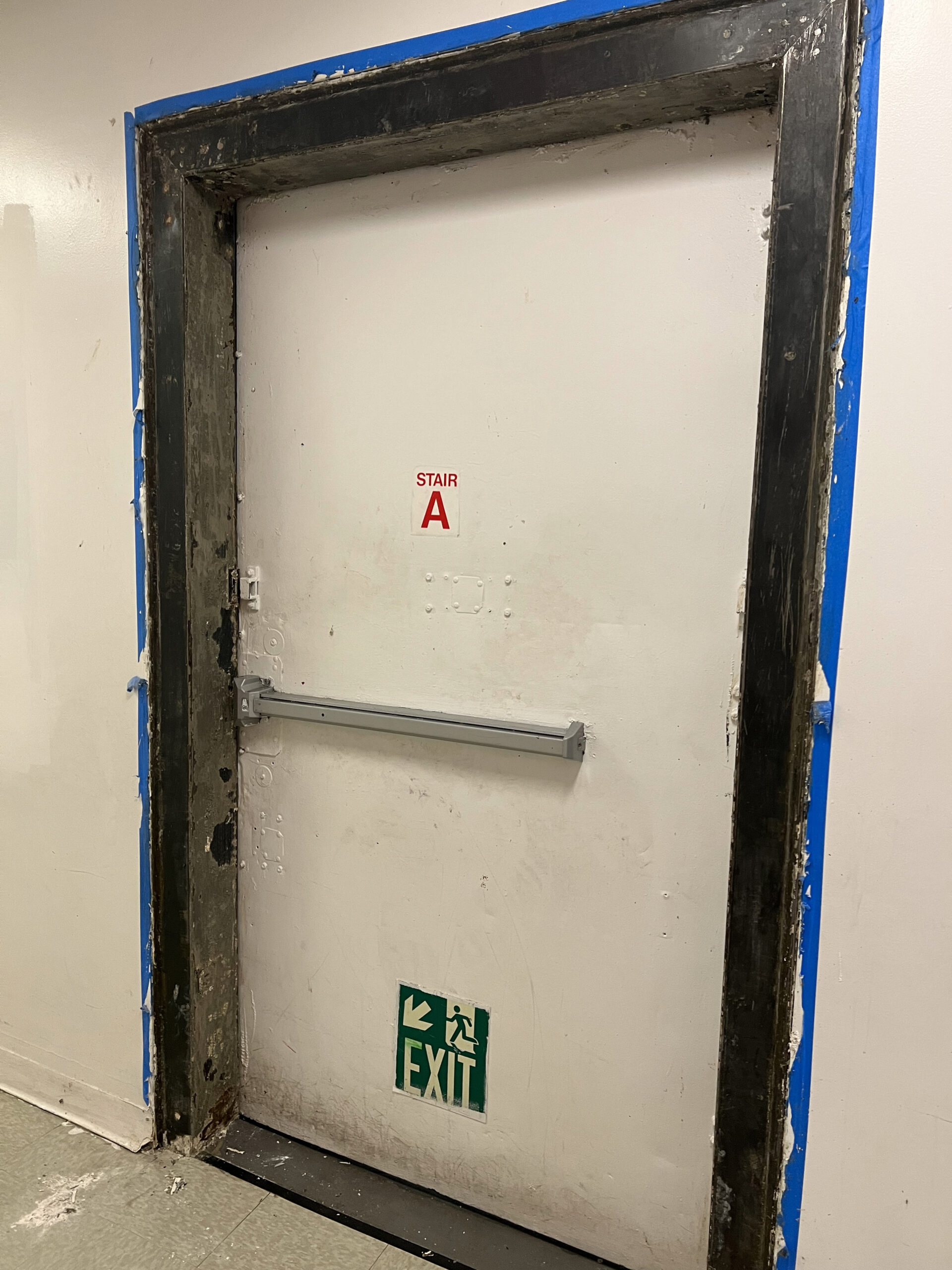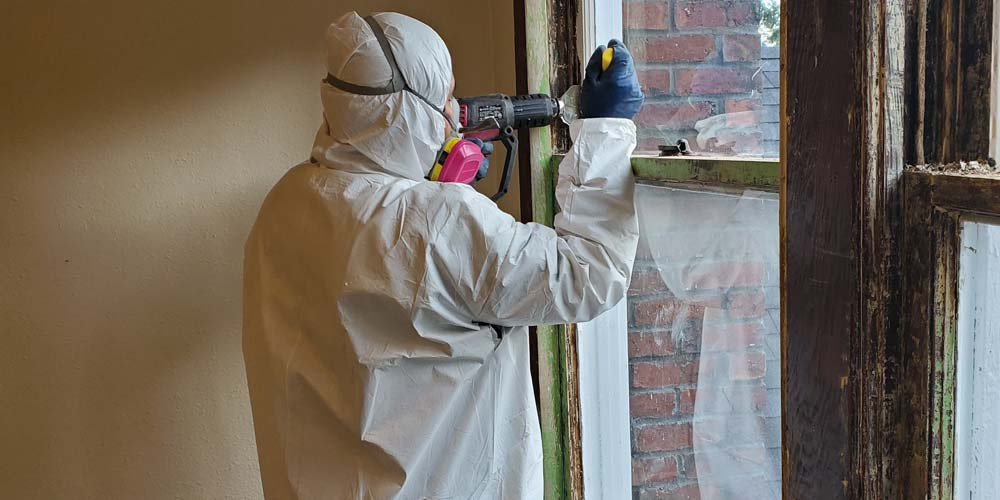Finest Practices for Making Certain Safe and Complete Lead Offense Reduction
Dealing with lead offense abatement needs a multi-faceted approach to guarantee both safety and security and compliance. Preliminary analyses using sophisticated discovery methods such as XRF analyzers set the stage for an exact understanding of contamination degrees. Incorporating appropriate control techniques, including closed obstacles and HEPA filtration, coupled with the usage of individual safety equipment (PPE) for workers, develops the foundation of a safe and secure operation. Precise clean-up procedures, including HEPA vacuuming and wet-wiping, are crucial. Yet, it's the final clearance procedure, involving comprehensive assessments and research laboratory screening, that truly confirms a lead-free environment, guaranteeing long-lasting security. How do these techniques adjoin to assure thorough lead reduction?

First Analysis
Performing a first assessment is a vital initial step in lead violation reduction. This stage includes a comprehensive examination of the residential or commercial property to recognize the existence, level, and details locations of lead-based threats. Certified experts, such as qualified lead examiners or take the chance of assessors, should do a comprehensive website examination, using tools like X-ray fluorescence (XRF) analyzers to precisely discover and measure lead focus in paint, dirt, dirt, and water.
The evaluation must likewise consist of an evaluation of the structure's background, previous records, and any issues or health problems reported by owners - Lead Removal Contractors. Documenting the findings carefully is essential, as these records form the basis for establishing an effective abatement technique. A thorough analysis likewise involves sampling and research laboratory analysis, which are crucial to confirm the visibility of lead and overview subsequent activities
Additionally, it is imperative to interact the results transparently to all stakeholders, consisting of residential or commercial property owners, tenants, and governing authorities. By making certain that the preliminary analysis is carried out with precision and roughness, professionals can lay a solid foundation for a targeted and efficient lead reduction procedure, inevitably protecting public health and guaranteeing compliance with governing standards.
Correct Control
Appropriate containment is essential to avoid the spread of lead impurities during reduction activities. Properly handling control minimizes the danger of lead dust and particles migrating to non-work areas, therefore securing both the setting and individuals outside the instant job area.

Normal evaluations of the control area are required to check for violations or weaknesses in the barrier. Any type of recognized issues should be without delay resolved to keep the honesty of the control. By adhering to these methods, abatement projects can effectively manage lead contamination and reduce associated health and wellness dangers.
Employee Protection
Making sure worker security is paramount during get more lead reduction projects to protect against work-related direct exposure to dangerous lead particles. Vital procedures include using individual safety equipment (PPE) such as respirators, gloves, and full-body fits especially designed to block lead dirt and fumes. Employees should undergo detailed training on the proper usage and maintenance of PPE, including in shape screening for respirators to make certain maximum efficacy.
Engineering controls, such as regional exhaust air flow systems, are critical in minimizing airborne lead concentrations in the work atmosphere. Management controls need to additionally be implemented, including limiting the duration of exposure and rotating workers to reduce individual exposure times. Regular medical surveillance and biological monitoring are essential for early detection of lead absorption, enabling timely intervention and therapy.
Furthermore, developing a purification method is essential. Employees need to comply with rigid decontamination procedures before breaks and at the end of their change to stop lead dust from being carried outside the job location. This consists of extensive hand and face washing with lead-specific cleaner and transforming out of polluted garments.
Precise Cleanup
Maintaining a secure workplace extends past worker protection and encompasses thorough clean-up to guarantee lead particles are extensively eliminated from the website. The process of meticulous cleaning is vital in avoiding the recontamination of the abated location and protecting both current and future occupants.
To accomplish a comprehensive cleaning, all workspace should be methodically decontaminated. This entails making use of specialized HEPA (High-Efficiency Particulate Air) vacuum cleansers and wet-wiping techniques to catch and remove great lead dust that may have picked surface areas. It is important to cleanse all horizontal surface areas, including floorings, home window sills, and counter tops, along with vertical surface areas that might have caught lead fragments.
Workers need to put on suitable individual protective devices (PPE) throughout cleanup to prevent direct exposure to residual lead dust. Made use of cleaning materials such as wipes, sponges, and wipe heads need to be gotten rid of in conformity with dangerous waste disposal guidelines.

Last Clearance
Last clearance is the crucial concluding phase of lead abatement that identifies whether the site is risk-free for reoccupation. This vital visit site action includes detailed examination and screening to validate that all lead threats have actually been successfully removed.

Final clearance screening not just safeguards future residents but additionally makes sure compliance with local, state, and government guidelines. It serves as a documented recognition of the abatement service provider's adherence to market best techniques. Guaranteeing a comprehensive and effective final clearance is essential in securing public health and cultivating rely on the reduction process.
Conclusion
Making sure safe and my blog complete lead violation reduction necessitates a complex approach incorporating initial evaluations with advanced detection approaches, effective control strategies, rigid worker security methods, and meticulous clean-up treatments. The final clearance stage, including detailed assessments and research laboratory testing, is vital to confirm compliance with EPA requirements. Adherence to these ideal practices ensures a secure atmosphere for residents, alleviates wellness risks, and supports governing needs, thereby promoting public health and wellness and safety and security in lead-affected locations.